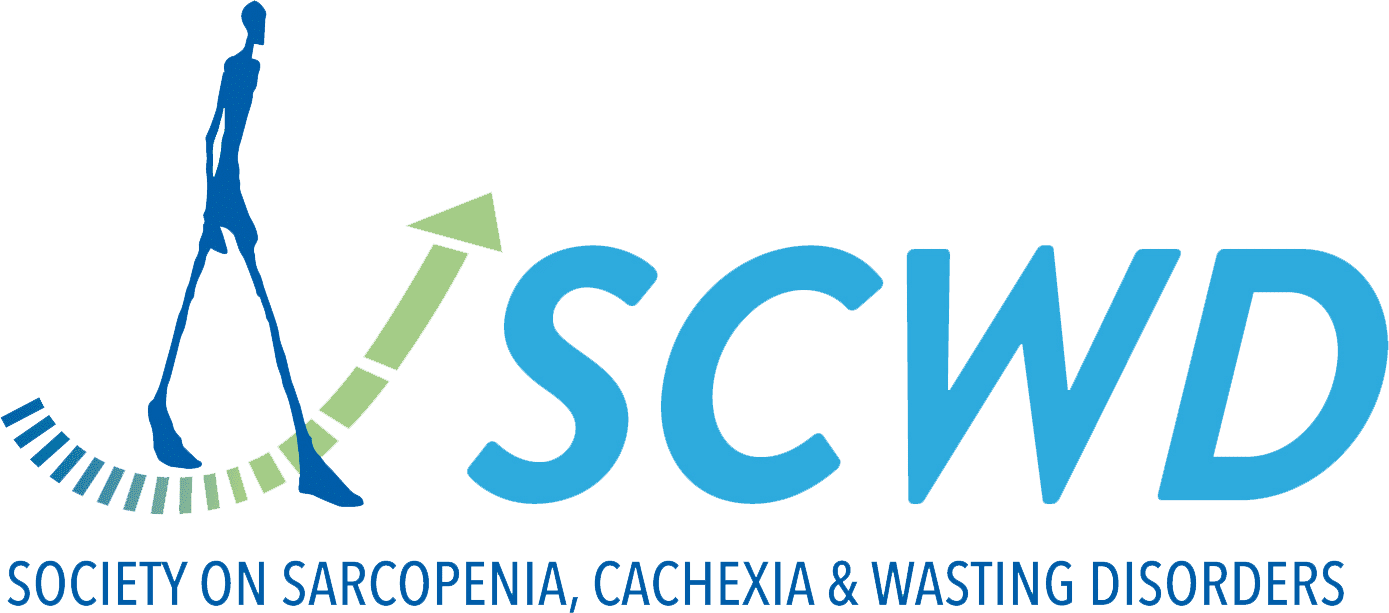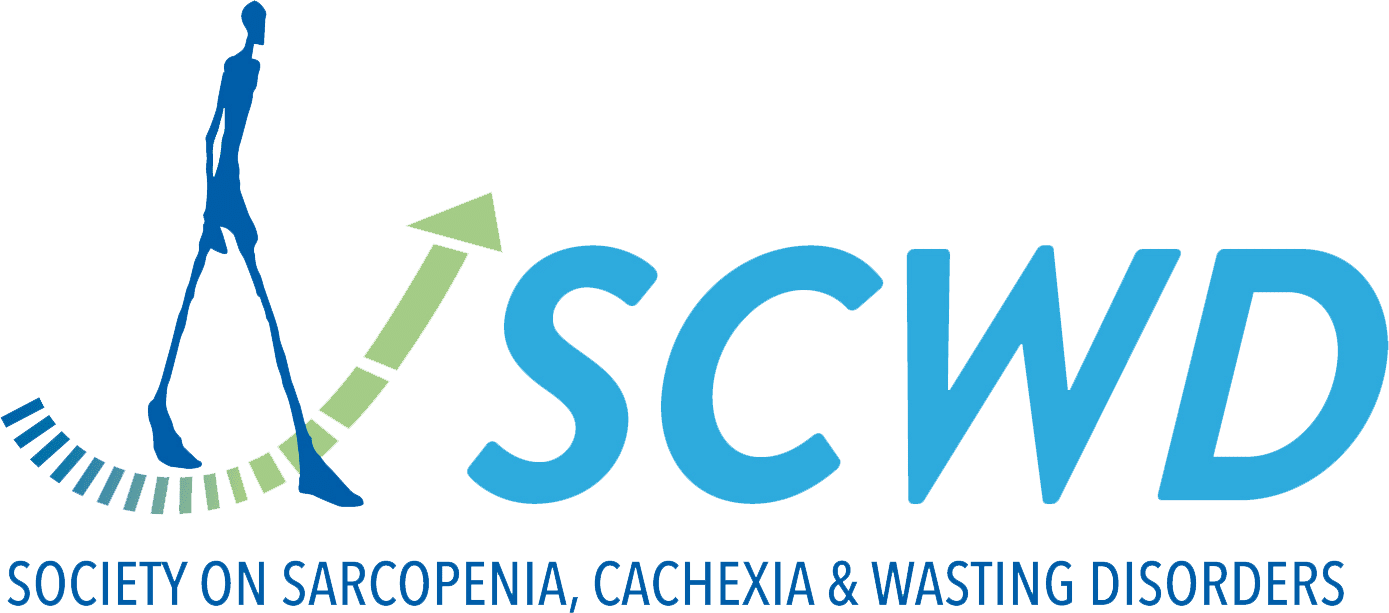Unravelling the Role of PIEZO1 in Adipogenesis of Fibrogenic/Adipogenic Progenitors for Muscle Fat Infiltration After Rotator Cuff Tear.
Muscular fatty infiltration originated from fibrogenic/adipogenic progenitors (FAPs) is a common issue following rotator cuff tear (RCT) that impairs shoulder function. RCT disrupted the biomechanical equilibrium of the shoulder and decreased the mechanical stimuli transmitted to the rotator cuff.
Whether mechanical stimuli participate in mediating muscular fatty infiltration after RCT remains unknown. The current study aimed to explore how mechanical environment changes caused by RCT affect muscular fatty infiltration and to identify the potential therapeutic modality.
Human and murine FAPs were isolated from RCT and control (CTRL) groups to compare adipogenesis properties. Single-cell RNA sequencing and bulk RNA sequencing were performed to investigate the mechanisms of excessive adipogenesis of FAPs after RCT.
The effects and mechanisms of PIEZO1 on adipogenesis of FAPs were investigated by small-molecule treatment and FAP-specific PIEZO1 knockout mice. The antiadipogenic effects of low-intensity pulsed ultrasound (LIPUS) were investigated in vitro and in vivo.
We found that the adipogenic differentiation ability of FAPs was increased after RCT (1.9-fold vs. CTRL, p < 0.05).
Single-cell RNA-sequencing data analyses and confirmation assays revealed suppressed expression of PIEZO1, which was proved by real-time qPCR and Western blot (2.9-fold vs. CTRL, p < 0.01, and 3.4-fold vs.
CTRL, p < 0.01). There was increased PPARG expression and adipogenesis ability of FAPs after PIEZO1 ablation (1.7-fold vs.
CTRL, p < 0.01, and 2.3-fold vs. CTRL, p < 0.01).
The PIEZO1-mediated antiadipogenic role by ERK/KLF4 signalling was confirmed by small-molecule treatment and PIEZO1 KO mice evaluation. LIPUS could reactivate PIEZO1 and mitigate the adipogenesis of FAPs in vitro, ameliorate the muscular fatty degeneration after RCT (3.0-fold vs.
CTRL, p < 0.001) and facilitate the improvement of shoulder functions. Our findings indicate that the downregulation of PIEZO1 expression contributes to the enhanced adipogenesis capacity of FAPs after RCT by inhibiting ERK/KLF4 signalling.
LIPUS could mitigate the excessive adipogenesis of FAPs by upregulating expression of PIEZO1, alleviate muscular fatty infiltration and improve shoulder function after RCT.


